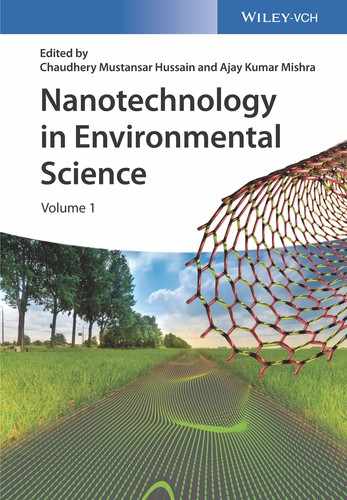Book Description
An overview of the current state of nanotechnology-based devices with applications in environmental science, focusing on nanomaterials and polymer nanocomposites.The handbook pays special attention to those nanotechnology-based approaches that promise easier, faster and cheaper processes in environmental monitoring and remediation. Furthermore, it presents up-to-date information on the economics, toxicity and regulations related to nanotechnology in detail. The book closes with a look at the role of nanotechnology for a green and sustainable future.
With its coverage of existing and soon-to-be-realized devices this is an indispensable reference for both academic and corporate R&D.
